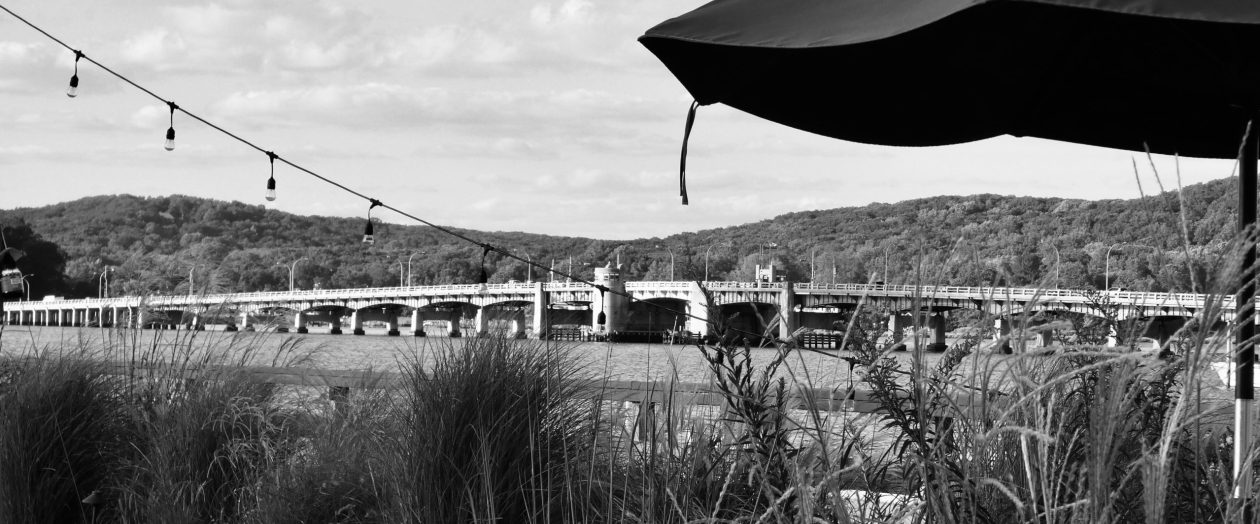
Photo/courtesy of Karen Allas
It was a parade fit for royalty — the king and queen of England kind of royalty, to be exact.
With the death of Queen Elizabeth II and all the honor and ceremony that has come with it, retro minds go back to a royal day in Red Bank when the queen, who just recently died at 96, having ruled for 70 years, was only 13. Her father, George VI, was king. Her mother, the first Elizabeth, was queen. And while visiting the United States and Canada, the royal couple made a stop in Red Bank.
It was June of 1939 and “all is (was) in readiness” in the “American Town” of Red Bank to greet the royals, Great Britain’s sovereigns, King George VI and Queen Elizabeth, a story in The Daily Standard said. There was no mention of the princesses, Elizabeth II and Margaret, except to say, in a photo caption showing the start of the journey, that they were in the state coach that was making its way from London to Waterloo Station to start the trek.
As for the Red Bank arm of it, the king and queen arrived on the train at 8 a.m. on June 10, 1939 and were greeted by a host of officials, NJ Gov. A. Harry Moore and Red Bank Mayor Charles English heading the list, the story continued. The king and queen were to be officially welcomed to Red Bank at 9 a.m., with 50 Guard of Honor soldiers from Fort Hancock on hand and stationed at the train station.
The details of this “readiness” for this moment were very particular, down to the “day and night” broom swipes — literally. There were no street sweeper trucks back then, so, yes, there were people sweeping the streets with brooms. A touch of Disney, so to speak, with all the ceremony, royalty and primping.
The article even went on to specify that “the borough street department began cleaning up the railroad yard with brooms and then moved over to the platform. The streets were washed and cleansed.” A little redundancy and, as journalists call them, non-story details in this piece that had no byline.
Back in the day, a byline was a hard-earned attainment. Even a story about the king and queen’s royal visit didn’t warrant it. Yet, the details were there and reporting was done. So was the readiness described, with meticulous care.
The procession was readied to head down Monmouth Street to the high school on Harding Road where the Scotch piping band the Camerons’ Clan were to play for the royal couple in commemoration of the queen’s Scottish heritage, it added.
This was en route to their destination of “Sandy Hook to meet the destroyer,” it said. What destroyer? Well, it wasn’t capitalized, so it was probably a Naval warship “destroyer” that escorted others. But, that was on the seas.
On land, on the way with the king and queen, there was lots of grandiosity and ceremony in the long procession. There were 150 firemen from Red Bank and neighboring towns, such as Middletown, Eatontown and Shrewsbury. And there were 250 state police to accompany the royal caravan.
There was no mention of the particular route the procession took to Sandy Hook, but it’s a safe bet that it passed through at least Fair Haven and Rumson to get there.
In fact, St. George’s-by-the-Sea Episcopal Church in Rumson was one stop on the way to Sandy Hook, a sidebar story said. Souvenirs of the visit were being distributed there. “Included on this program are pictures of the boys’ choir of the church, the Mary Owen Borden Memorial carillon, and copies of the selections which J. Stanley Farrar will play during the visit of the Royal couple,” it said.
You have to wonder what other unofficial souvenirs were offered on this Monmouth County journey from the train station in Red Bank to Sandy Hook. Of course, there were photos, of the film kind, of course. Those were the days when no one knew what was actually captured on film until it magically appeared in a dark room. So, many photos were snapped of one occasion on a roll of film in hopes of one or a few turning out to be gems, counting on professional skill to rear its focused head.
The featured photo was one of those that ended up in the hands of then- and long thereafter Fair Havenites, the Allas family, of Church Street. The family had entrenched roots in the area, including Rumson.
Royalty or not, its been shown throughout history that standing on ceremony is something for which area officials and volunteers usually get an ovation. And when the parade passes by, spectators are not just watching. They’re all in — part of a community moment in small town history, royal or just plain suburban, that is always someone’s front page material.
Take a look at this classic photo in which a moment of all this pageantry was frozen in time.

- Prosecutor: Human Remains Unearthed at Construction Site; ‘No Foul Play’
- Prosecutor: Area Man Gets 30 Years for Killing Father, Desecrating Remains
- In Memoriam: Former Fair Haven, Little Silver Resident, 1945 RBR Grad, Elaine Inman Pope, 97
- Retro RFH Baseball Tackle Time
- Police Report: Burglary, Drugs, Theft, Assault by Auto, DUIs, Unlawful Weapons Possession, Terroristic Threats, Tobacco Sales to Underaged


You must be logged in to post a comment.